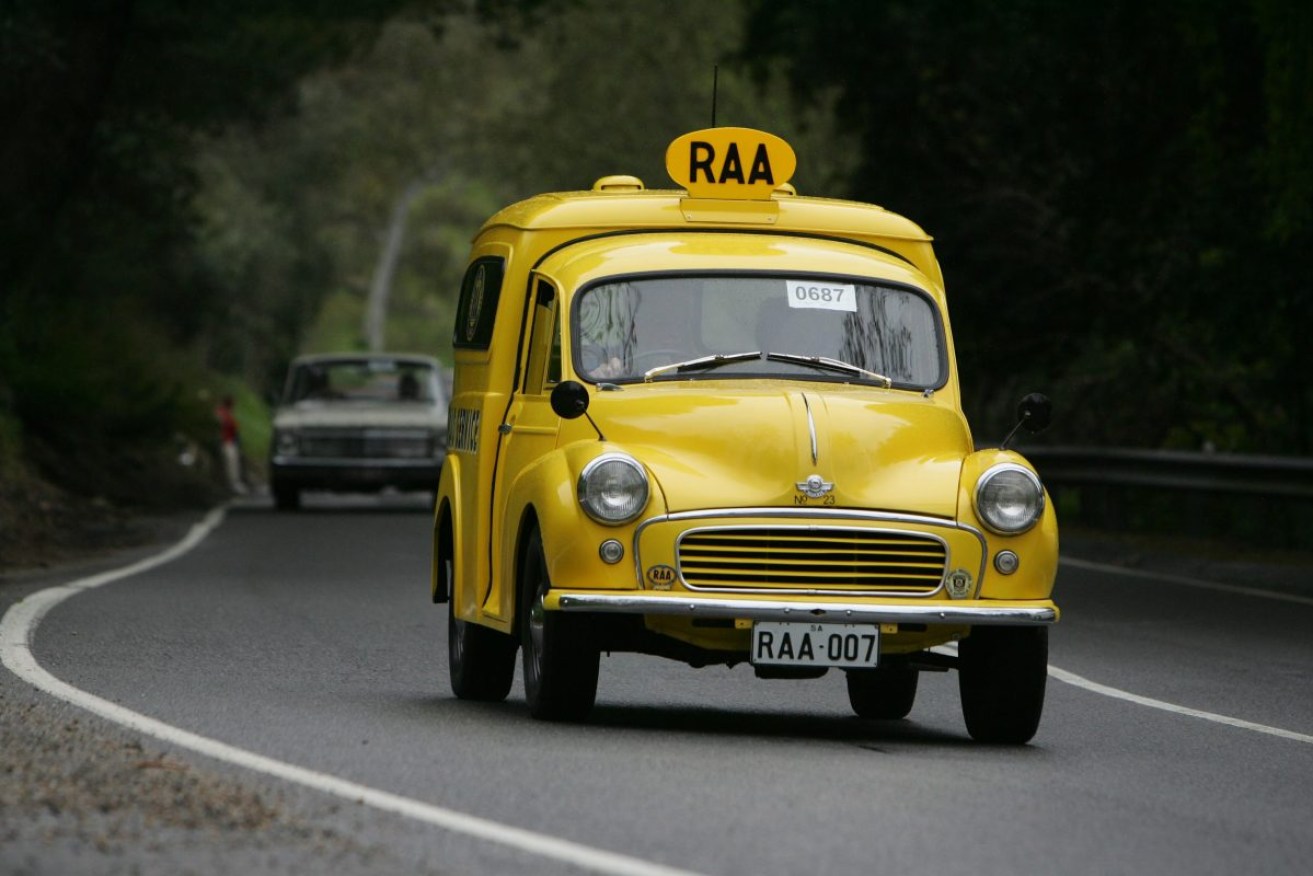Your views: on RAA board election and more
Today, readers comment on RAA directors and direction, overcrowded emergency departments and council cat laws.

Photo: James Knowler
Commenting on the story: ‘Not endorsed’: RAA’s U-turn on road safety board member
I received the board election information from the RAA last week. I was surprised to see the ‘dis-endorsement’ of sitting director Martin Small, particularly given his extensive road safety background.
I have yet to decide between the four competing candidates myself. But I am concerned that the practice of allowing a sitting board to screen election candidates for endorsement, according to a vague set of ‘eligibility criteria’, could create a clique or groupthink mentality. That process may tend to exclude lateral thinkers and reformers from endorsement.
I would have thought that asking candidates to address the ’selection criteria’ in their promotion statements, and then allowing members to decide who should serve, would be fairer and more appropriate. – Kym Davey
I am immediately sceptical when a board endorses one candidate over another, as it displays that certain members of the board want a collective rather than an open board.
It is quite clear that the members, not the board need to set the criteria. My wife and I have voted for Mr Small because we believe he is the best candidate for the RAA board and because it will upset the applecart of the others wanting to create their own inner-sanctum club. – Kym Smith
Whilst not knowing any of the nominees for the RAA Board, it did give me an ironic chuckle to note that the only nominee with any relevant experience of road safety and motor vehicle issues wasn’t endorsed by the RAA.
Obviously the RAA has lost the focus on its core issues. Why on earth would you vote in a bunch of people all with similar skills. Boards should have diversity and robust discussions. I believe the RAA may have fallen for trends rather than substance. Not something to admire in a membership organisation. – Carol Vincent
Commenting on the story: ‘Brutal’: Lyell McEwin ED at nearly double capacity overnight
I worked in the SA health system for most of my working life and have a reasonable understanding of how it has evolved over the decades.
Once upon a time EDs were not inundated and medical staff would sit around and chat with each other. I have witnessed this myself on many occasions.
Unfortunately over the years, there are those within the population that have used EDs as a general practice as they don’t have a GP. In addition to this there has been tighter control of provider numbers for GPs which has added to this.
Additionally people are living longer, developing poor health at an earlier age due to poor choices in lifestyle due to various factors, some out of their control. On top of this we now have a pandemic.
Like many countries, the people who are responsible to make appropriate decisions regarding health etc are not capable of doing so. – Vicki Larritt
Commenting on the story: Cats dumped amid council laws confusion
Cats are not dogs and the inclusion of cats in the Dog and Cat Management Act 1995 and Amendments to that Act 2017, has been a catastrophic disaster.
Without the cooperation of the people who care for the cats nothing constructive will be gained, and this cooperation will not be forthcoming with threats of fines, registration fees, forced confinement and seizure of cats.
Cats are more like birds and possums than they are like dogs. They are small, they can climb, they can jump quite long distances, they are quiet when being stalked and they are almost impossible to keep on a property unless shut inside a house or a cat-run.
Confining owned cats does not result in a cat-free zone in any case, as new unowned, undesexed, cats pour into the vacated spaces and breed to restore, usually increase, original numbers.
This scientifically proved phenomenon of nature is known as the “vacuum effect” and is well known to occur among animal populations.
There was no justification for the Campbelltown Council to propose a cat bylaw in the first place, as there were only 8 cat related complaints made to council in a whole year, and the “Roaming cats survey” upon which the cat bylaw was assessed only had the support of 17% of the respondents.
The recent telephone survey was misleading and elicited a response to support the cat bylaw. In addition, 81% of respondents did not own a cat, making it a biased response
The submissions from well-respected organisations, the 135 signature Petition, and the 68 email and letter responses opposing the cat bylaw, were virtually ignored by Council.
Cats Assistance To Sterilise Inc (C.A.T.S) were asked many years ago to work with this Council to desex and help manage Council’s cats, and over five thousand, have been sterilised; many former unowned cats.
It is not right that newly elected members can change a 32-year, efficient, cost-effective and humane program, which has been strongly supported by the community, and destroy it.
C.A.T.S. was instrumental in having Campbelltown Council’s first attempt for a similar cat bylaw disallowed by Parliament, and will endeavour to see that this second attempt is also disallowed. – Christine Pierson, president Cats Assistance To Sterilise Inc




